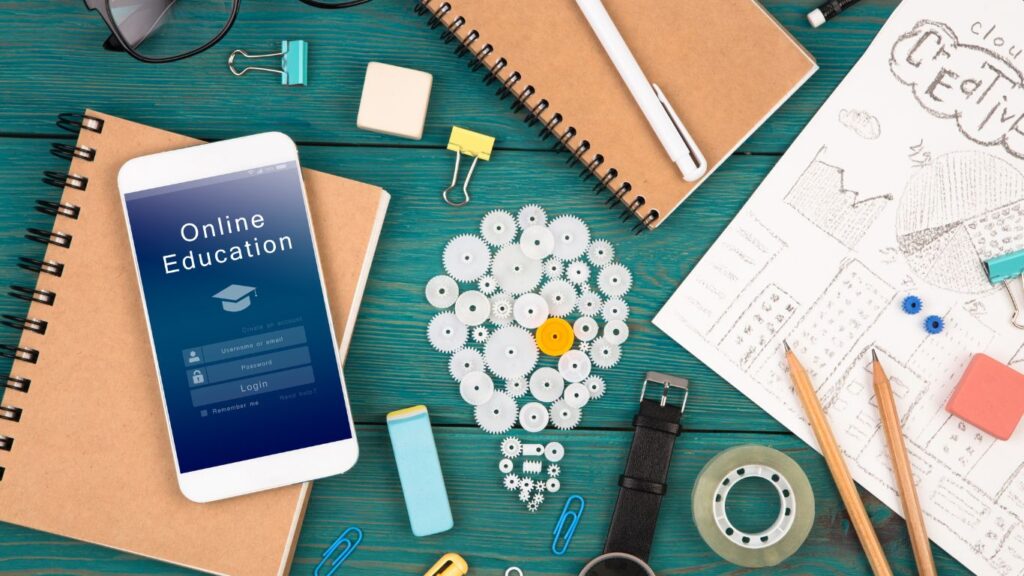What is Differentiated Instruction?
Differentiated instruction is an approach to teaching and learning that recognizes and accommodates the diverse learning needs, interests, and abilities of students.
- It involves tailoring instruction and assessment methods to meet the individual needs of students, rather than using a one-size-fits-all approach.
- The goal of differentiated instruction is to ensure that all students have equal opportunities to learn and succeed, regardless of their background or abilities.
- It involves providing multiple pathways for students to access and demonstrate their understanding of the content.
- Differentiated instruction can include various strategies such as flexible grouping, tiered assignments, and individualized learning plans.
- It promotes student engagement, motivation, and academic growth by addressing their unique learning styles, strengths, and challenges.
What are some strategies and techniques used in differentiated instruction?
- Flexible grouping: Students are grouped based on their learning needs and abilities, allowing for targeted instruction and support.
- Tiered assignments: Assignments are modified or scaffolded to meet the varying needs of students, providing different levels of challenge and support.
- Learning stations: Students rotate through different stations or activities that cater to their individual learning styles and needs.
- Varied instructional materials: Different types of resources and materials are provided to accommodate different learning preferences and abilities.
- Individualized learning plans: Students have personalized plans that outline their specific learning goals and strategies to meet their needs.
- Ongoing assessment and feedback: Regular assessments are used to monitor student progress and provide timely feedback for further instruction and support.
- Multiple intelligences: Instruction is designed to tap into different intelligences (e.g., visual, auditory, kinesthetic) to engage and support diverse learners.
- Technology integration: Technology tools and resources are used to enhance instruction and provide additional support and enrichment opportunities.
- Co-teaching and collaboration: Teachers work together to plan and deliver instruction, combining their expertise and resources to meet the needs of all students.
- Differentiated assessments: Assessments are designed to measure student learning in various ways, allowing for different modes of expression and demonstration of understanding.




